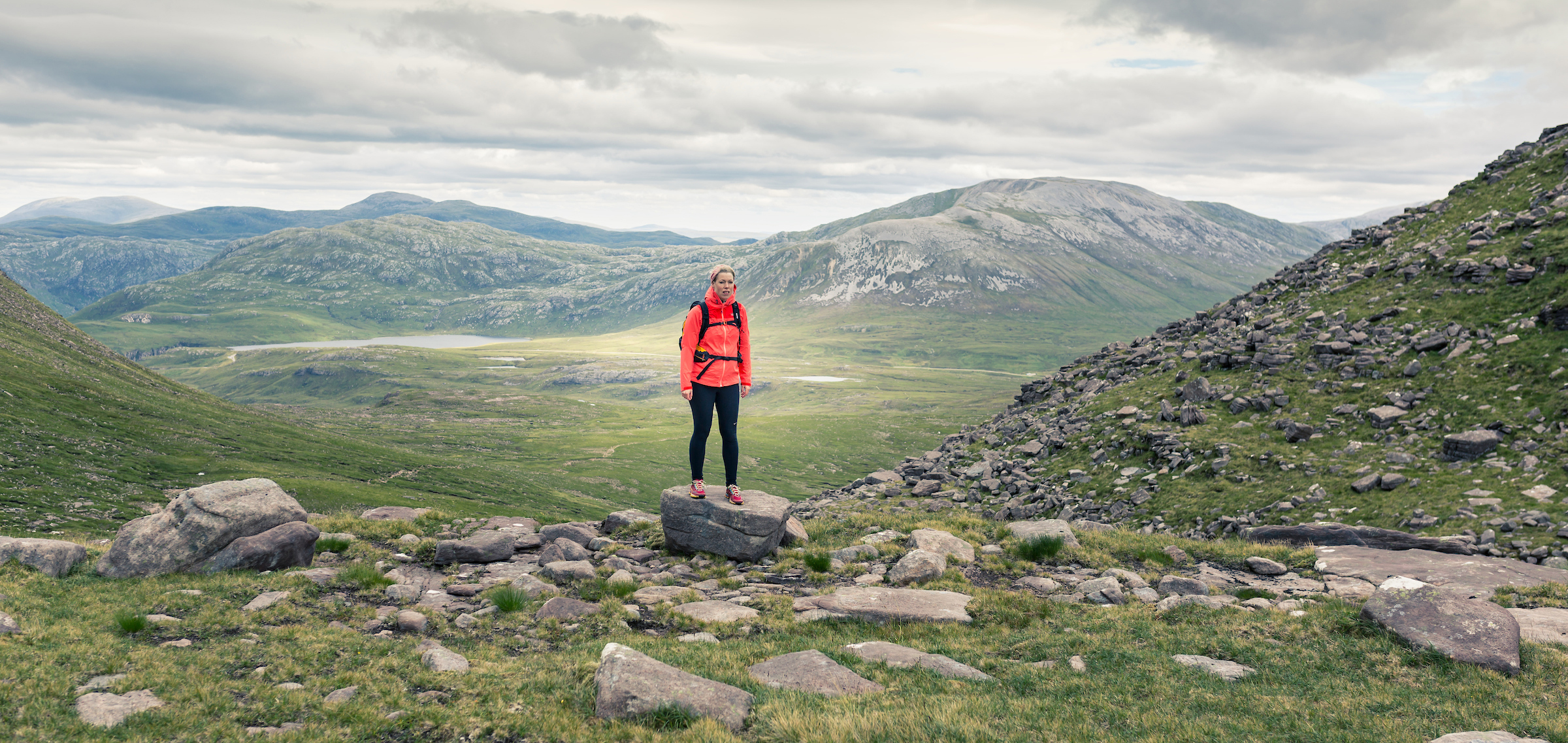Women in the wild
Coralie Hopwood considers the need to celebrate female role models in the outdoors

I have always felt more comfortable outdoors. My earliest memories are entwined with smells, sounds and the physical experiences of getting stuck in trees, hiking and grumbling up mountains, and playing in woodlands along the coast where I grew up. It was apt then that I began my working life labouring in tree and land teams, sharing with colleagues the sense of freedom and satisfaction that came from this practical, satisfying contact with nature.
Later, as I moved into outdoor learning and mental health roles, it was a privilege to see children and adults develop revelatory connections with the natural environment. Wild places offered refuge and safety, where time slowed down and people stepped away from the challenges of daily life, drawing perspective and strength from their surroundings.
I am certain that a chance to develop one’s own relationship with the natural world is fundamental to being human. It supports us to thrive and recognise our place in an intricate web of life, counteracting the damage done if we find ourselves cut off from it.
As Nan Shepherd wrote so beautifully in The Living Mountain: “ ... simply to look on anything, such as a mountain, with the love that penetrates to its essence, is to widen the domain of being in the vastness of non-being” . Access to the natural world, beneficial in so many ways, should be available to all.
However, throughout my working life, this has not been reflected in what I’ve seen. At the start of my career I was always the only female on the team and faced interesting manifestations of other’s discomfort about it. Later, more males than females were referred into the outdoor provision and therapeutic services I worked in, while gender-based decisions regularly led to boys being offered Forest School places and girls getting signed up for health and beauty.
A 2015 Sport England study discovered that there is still a 65 per cent to 35 per cent split in male to female participation in outdoor activity, with the typical profile of an ‘outdoors participant’ being male, white and middle-class. But things are slowly improving. It is noteworthy to report that equal numbers of males and females achieved their John Muir Awards across the UK in 2017. But more needs to be done.
Engaging girls early is key. Those exposed early to outdoor experiences are more likely to choose an active, outdoors lifestyle for themselves. However, evidence shows that girls begin to respond to the gender stereotypes around them from a young age. A 2018 publication by the Institute of Physics found that: “Young people are susceptible to gender stereotypes from a very early age. Many children self-select out of certain activities or spaces based on their observations of what is appropriate”.
“By the time girls are at high school it can be too late,” comments Georgina Roche, Youth Development Officer at John Muir Award Provider, Durham Agency Against Crime. “They’ve lost their confidence with traditional outdoor activities.”
The visibility of relatable role models is particularly crucial. Research published in 2018 by Microsoft showed that having a relatable role model meant that more than 50 per cent of the 11,000 women and children interviewed could imagine a career in a STEM (Science, Technology, Engineering, Maths) field, compared to only 15 per cent of those who had none. This does not just affect participants, but also teachers.
In their 2017 study, Denise Mitten and colleagues discuss the ‘Invisibility Cloak’ which shrouds women’s contributions to teaching and research, noting “... histories of outdoor and environmental education and current practices tend to document the efforts and achievement of men – especially white men – whereas the many contributions of women are infrequently recorded or celebrated”. But those role models certainly exist (see sidebar), with a proliferation of websites, articles and campaigns that highlight the past and present contributions of women in the outdoors.
The prevalence of caring responsibilities and generally lower incomes affect women’s access to wild places in very specific ways. The likes of Force of Nature, Get Out Girl, Women in the Wild, Women’s Adventure Expo, and the Outdoor Women’s Alliance provide online platforms where women acknowledge this, challenge the status quo and offer mentorship to others. Another, A Mighty Girl, targets younger girls with examples of adventurers, ‘environmental heroes’ and trailblazers.
However, even when we have good access to the outdoors, girls and women are socialised from birth to be careful, be quiet, not trust strangers, and never set out alone. We are taught that beauty and demure behaviour is desirable in a woman and that unkempt, wilderness-dirtied strength is not. But we have the same potential for wanderlust as any man. Every girl and woman should have the chance to experience the joy of the outdoors and choose how to explore it. And if families are unable to provide this for the young, then institutions must step up. They must ensure that lazy stereotyping does not deny girls and women the right to find their place in nature by actively promoting role models and offering new ways to participate for those who aspire to a life outdoors.
- Coralie Hopwood was Inclusion Manager for the John Muir Award in England.
- This article was first published in the Autumn 2018 edition of the John Muir Trust Journal. Become a member and receive our quarterly publications.